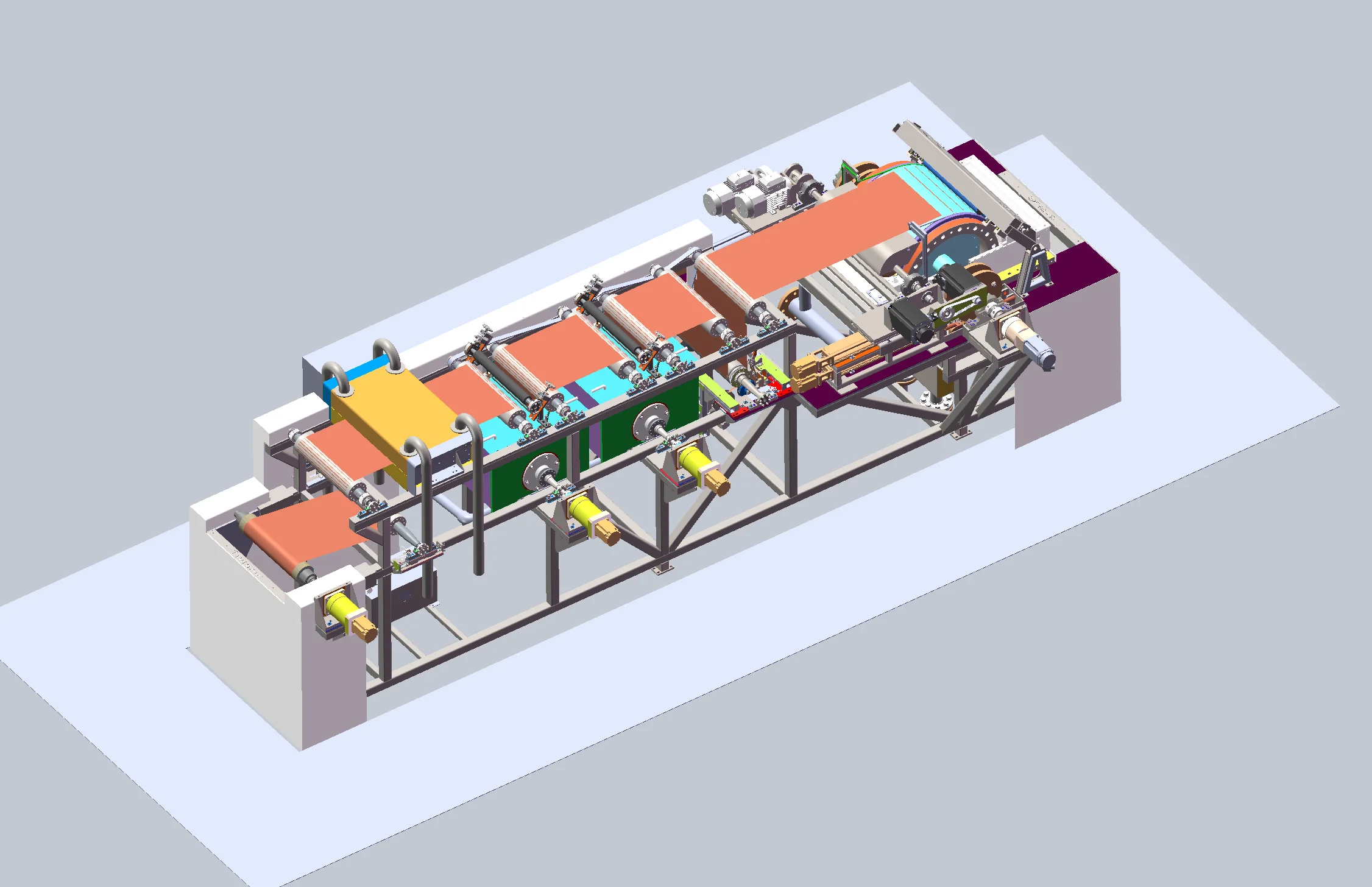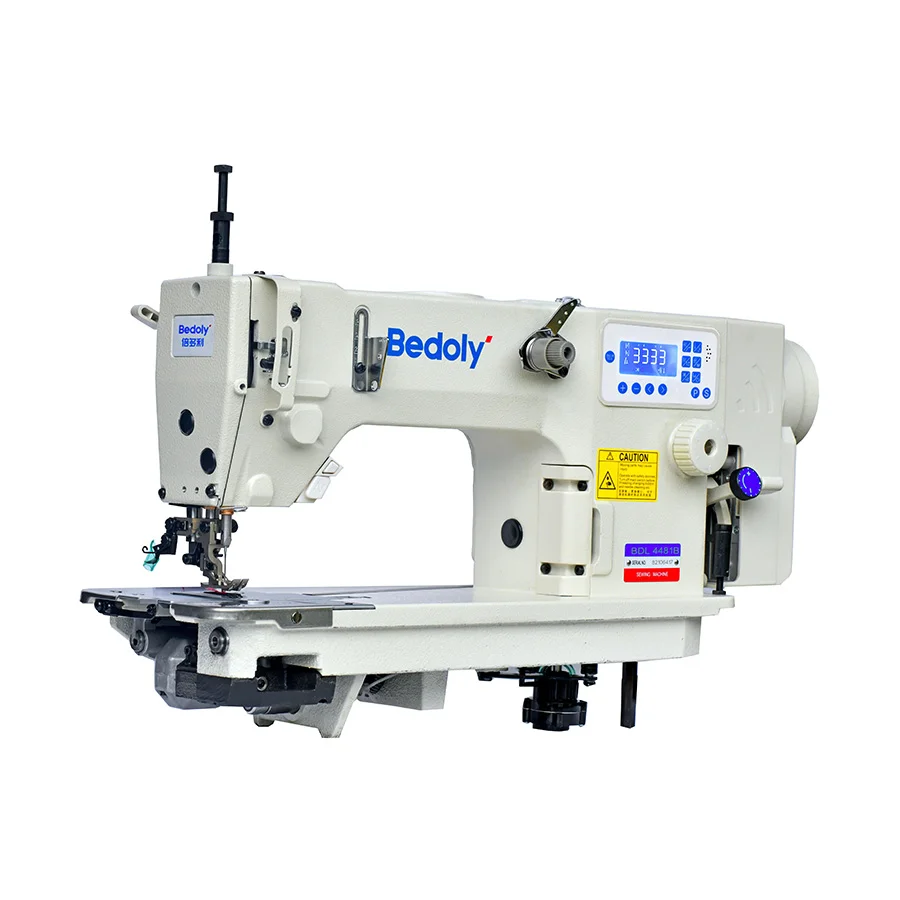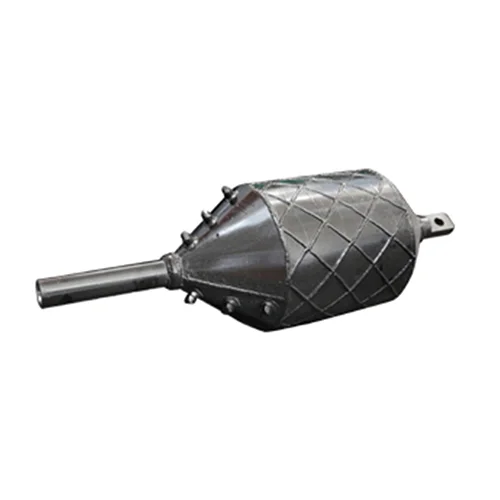How to use short stress path rolling mill equipment safely?
Short stress path (SSP) rolling mills are advanced engineering systems designed to process metals into desired shapes and sizes with high precision and efficiency. They are widely used in the manufacturing of various metal products. However, like any heavy machinery, they require careful operation to ensure the safety of workers and the longevity of the equipment. In this blog post, Yushun will share with you how to use short stress path rolling mill equipment safely.
Understanding the Components of an SSP Rolling Mill
Before delving into safety protocols, it's essential to have a basic understanding of the components of an SSP rolling mill:
1. Roll Stands: The main part of the mill where the actual rolling process takes place.
2. Rolls: Rotating cylinders that apply pressure to the metal.
3. Drive System: Powers the rolls and ensures consistent speed and torque.
4. Control System: Manages the operation of the mill, including speed, temperature, and pressure settings.
5. Support Structures: Framework that holds the mill components in place.
6. Lubrication and Cooling Systems: Essential for maintaining the temperature and reducing friction.
7. Safety Devices: Emergency stops, guards, and sensors to prevent accidents.
Pre-Operational Safety Checks
Before starting the mill, a thorough inspection should be carried out to ensure that all components are in good working order:
1. Visual Inspection: Look for any obvious signs of damage or wear.
2. Lubrication: Ensure that all moving parts are well-lubricated.
3. Cooling Systems: Check that water or air cooling systems are functioning correctly.
4. Control System: Verify that all electronic controls are operational and calibrated.
5. Safety Devices: Test emergency stop buttons and other safety mechanisms.
Training and Competency
1. Operator Training: All operators must undergo comprehensive training on the specific mill they will be operating.
2. Certification: Operators should be certified after demonstrating their understanding and ability to operate the mill safely.
3. Regular Refresher Courses: To keep up with new safety protocols and technology advancements.
Personal Protective Equipment (PPE)
1. Head Protection: Hard hats to protect against falling objects.
2. Eye Protection: Safety glasses or goggles to shield from metal shards and debris.
3. Hand Protection: Gloves to prevent burns and cuts.
4. Foot Protection: Steel-toed boots to protect against heavy objects.
5. Hearing Protection: Earplugs or earmuffs to reduce noise exposure.
Safe Operating Procedures
1. Start-up Sequence: Follow the manufacturer's start-up sequence to avoid damaging the mill.
2. Speed Control: Maintain a consistent speed that is appropriate for the material being processed.
3. Material Handling: Use proper lifting techniques and equipment to handle metal stock.
4. Roll Adjustment: Adjust rolls carefully and according to the mill's specifications.
5. Monitoring: Continuously monitor the mill's operation for any signs of malfunction.
Emergency Procedures
1. Emergency Stops: Know the location and use of all emergency stop buttons.
2. Evacuation Routes: Familiarize yourself with evacuation routes in case of a fire or other emergencies.
3. First Aid: Have a first aid kit readily available and know basic first aid procedures.
4. Incident Reporting: Report all incidents, no matter how minor they may seem.

Maintenance and Inspection
1. Regular Maintenance: Schedule regular maintenance to prevent breakdowns and accidents.
2. Inspection Schedule: Follow a detailed inspection schedule to identify potential issues early.
3. Record Keeping: Keep records of all maintenance and inspections for future reference.
Hazard Communication
1. Safety Signs: Use clear and visible safety signs to communicate hazards.
2. Training: Ensure all workers are trained on the meaning of safety signs and procedures.
3. Communication: Maintain open lines of communication about safety concerns.
Environmental Considerations
1. Waste Management: Properly dispose of metal shavings and other waste materials.
2. Emission Controls: Implement measures to control air and water emissions.
3. Energy Efficiency: Optimize the mill's operation for energy efficiency.
Regulatory Compliance
1. Local Laws: Ensure compliance with all local, state, and federal regulations.
2. Industry Standards: Adhere to industry standards for safety and operation.
3. Audits: Conduct regular audits to ensure ongoing compliance.
Conclusion
Operating a short stress path rolling mill safely requires a combination of technical knowledge, strict adherence to safety protocols, and a commitment to ongoing training and maintenance. By following these guidelines, operators can minimize risks and ensure the efficient and productive operation of their mills.
https://www.wxisun.com/How-to-use-short-stress-path-rolling-mill-equipment-safely.html
Yushun
yushuntech@163.com






